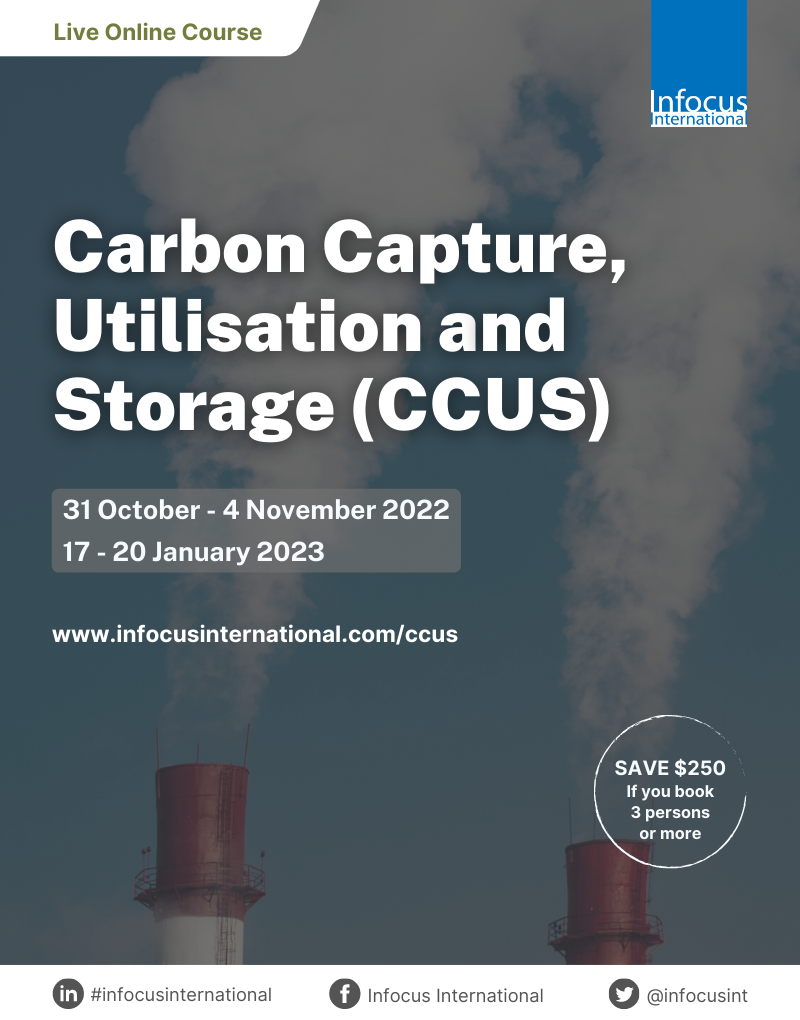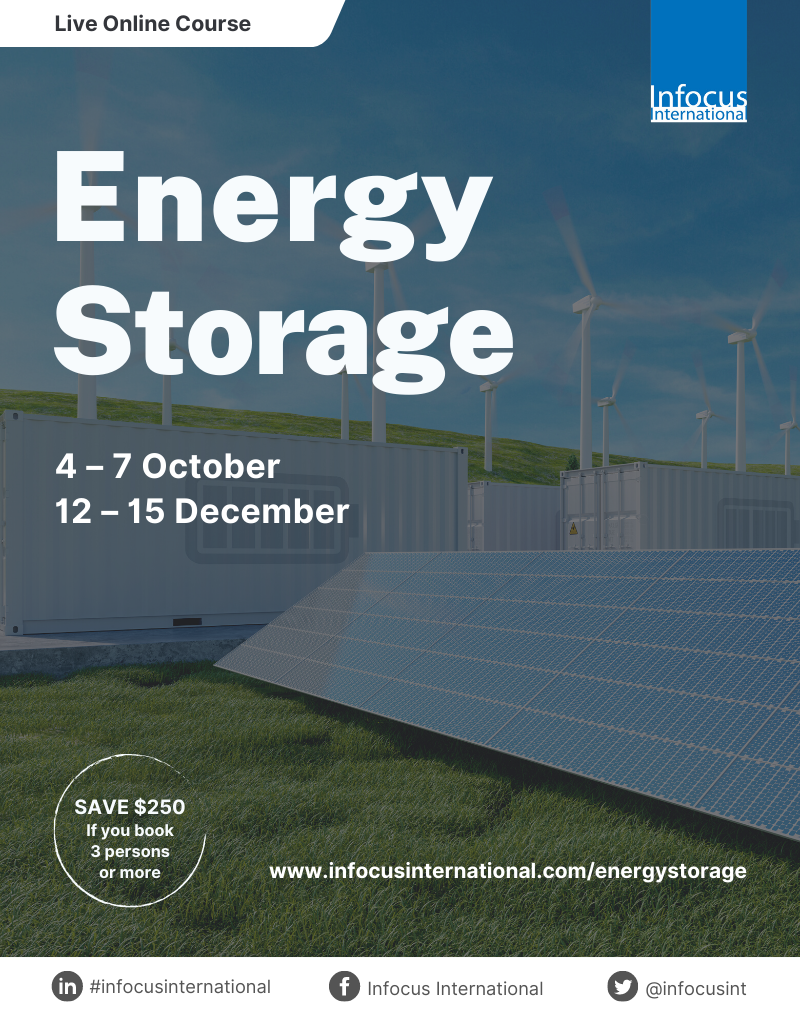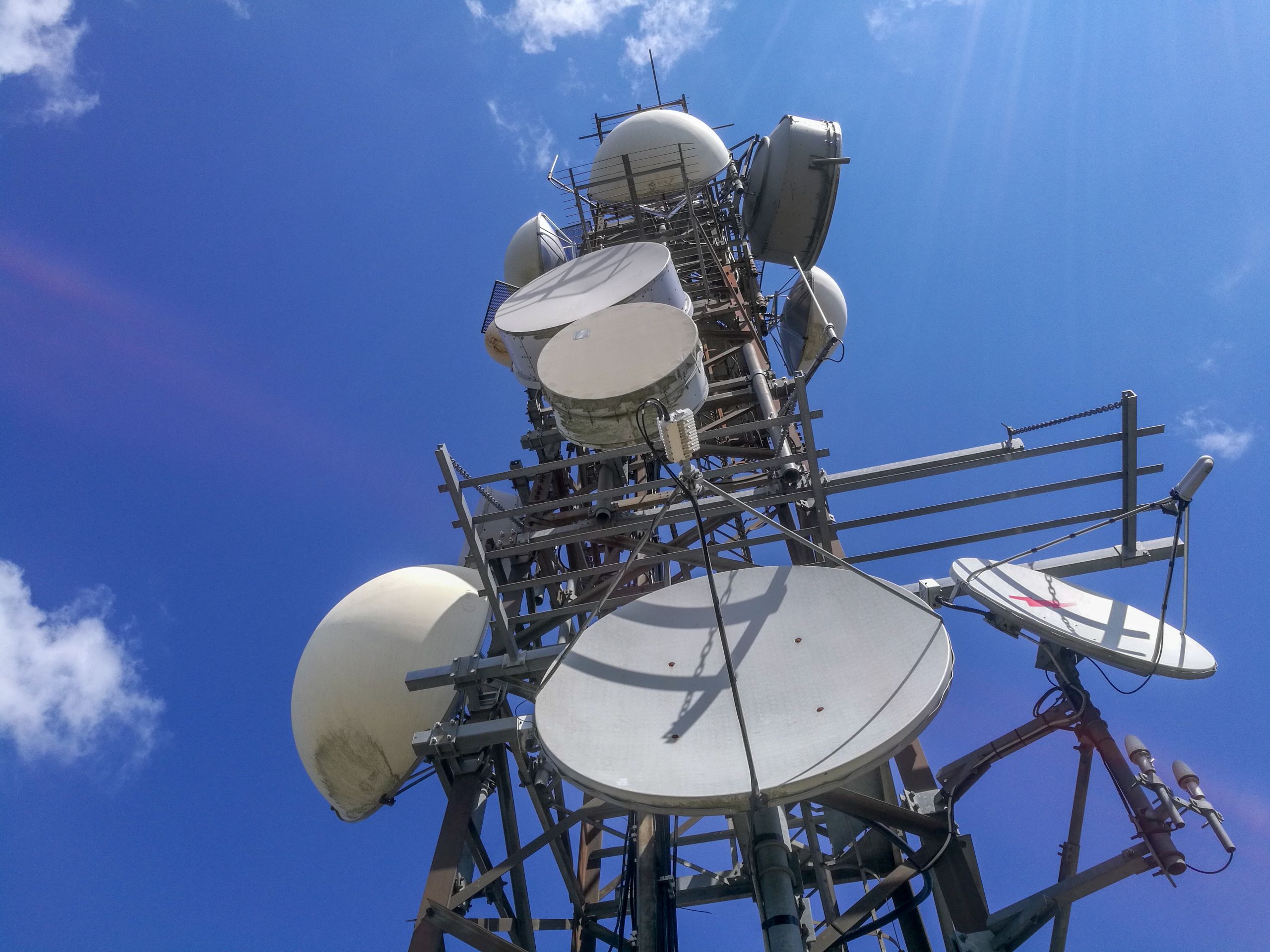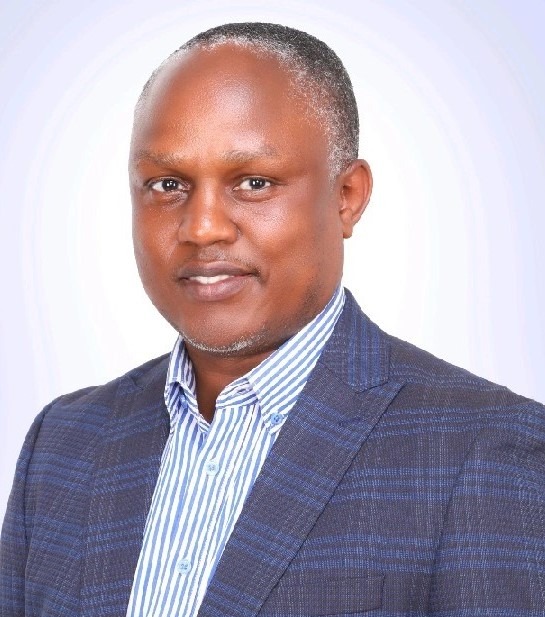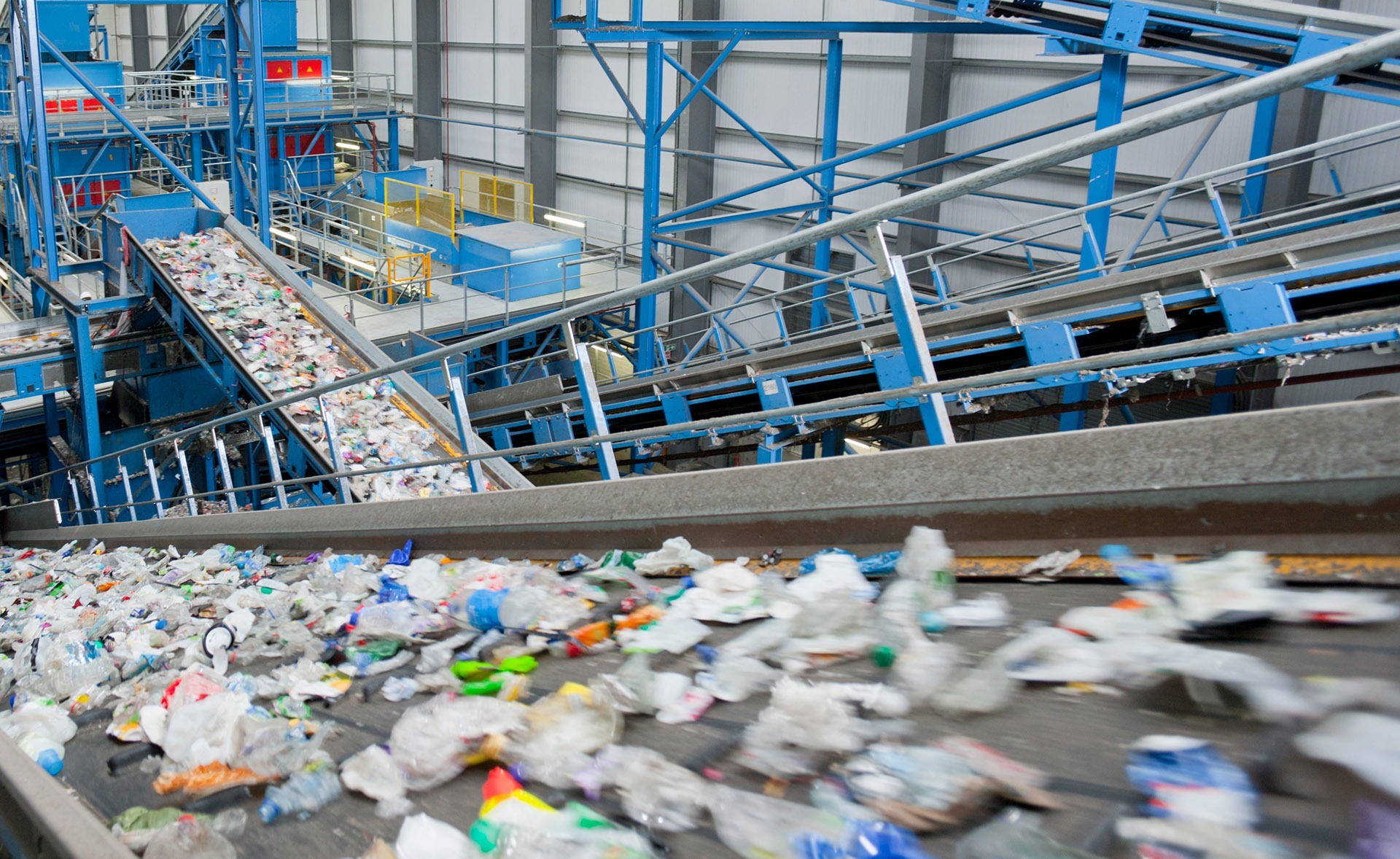In what will be a first of its kind, a factory operating on solar power could be launched in Kampala before the end December (2017), The Infrastructure Magazine can exclusively reveal. If this happens, this will be a real game changer in energy use in Uganda, as this will be the very first time that a factory outfit will be running on solar energy.
Abu Musuuza, the CEO of Village Energy Uganda, who is the brain behind the initiative, told this Magazine that plans are in advanced stages to get the industrialist to use solar to meet part of his 150KW daily energy needs. Although he did not want to name the industrialist who has opened up to have the trial on his manufacturing plant at this point, Musuuza said his company has concluded various assessments to determine the factory’s energy needs.
“We have already finalised all the factory’s energy consumption assessments. As we speak we have got an American manufacturer to design the solar energy solution for the factory.”
Musuuza said that his plan is to start the factory to run on solar during the daytime when sun rays are strongest in Uganda, and switch over to the grid power in the night.
So far there is no known factory in the East African region that runs on solar. In Europe, Coca Cola in May 2017 announced that now all its manufacturing affiliates in the UK run on renewable energy-mainly solar. Finland, not exactly famous for long sun light hours, recently announced plans to generate 160,000KW of energy from solar energy to run some operations in factories.
In the United States of America, two large-scale examples that are variously cited as renewable energy ground-breaking initiatives include: Tesla’s (American car manufacturer) gigafactory that is currently under construction in Nevada, in the southwest of the United States. Once complete in 2019, the desert located giant factory will run exclusively on solar from the US’ sunniest state, called the Silver State.
The factory will produce renewable energy batteries and cells, for Tesla’s next generation of cars. The other outfit to write about is Apple’s 200MW solar powered data centre, also under construction, and in Nevada, as well.
Industry observers say that one of the biggest gains in solar energy use and promotion as a renewable energy in recent times, has been the fall of the cost of equipment –particularly solar panels. Over the last five years or so, the price of panels has drastically come down, explaining the fast proliferation of solar energy use world-wide-including in Uganda. However, up to this point solar energy has been mainly deployed as alternative energy mainly for domestic uses such as lighting, water-heating, and now increasingly for powering home gadgets like TVs, iron-boxes, etc.
Musuuza said that to facilitate the fast growing generation of energy from solar, there is need for government to re-orient its policy framework and even put in place innovative policy initiatives. He said, for example, that once solar use takes root in Uganda, individuals will install more solar panel capacity on their houses which will produce more energy than they actually consume. In such instances, the policy framework should enable such individual home owners to sell the excess power back to the national grid for use by others who need it.
Village Solar Energy was started in 2010 with the single purpose at the time to bring energy access to rural communities, through training and employing Ugandan youth to locally manufacture and distribute solar systems. Using this approach the company sold and installed 4,000 solar systems in rural areas in Uganda.
Musuuza, however says, “Through our work in rural areas, we saw for ourselves how the lack of after-sales service options was creating a lack of trust of solar in rural areas, and that entire last-mile distribution challenge was a large, unsolved opportunity.”
This drove them to go for their current “community solar expert” model, focused on developing the human capital and physical infrastructure needed for a sustainable rural solar economy.”
Today they are more a solutions innovator, distribution channel developer and client service provider, servicing the “last-mile.”








